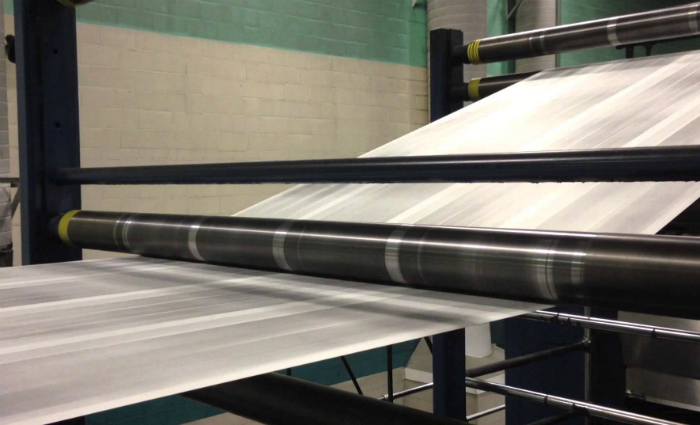A new piece of neuroscience research demonstrates that our brains fnd it easier to process paper based direct mail than digital communications.
It also shows a far higher brand recall, and motivation response for paper over digital..
Canadian research firm True Impact Marketing uses neuroscience to determine the most effective advertising methods, including brain scans tracking blood flow and electric signalling.
The company says its project A Bias For Action, used brain imaging and eye-tracking technologies to see into the brains of people interacting with physical (direct mail) and digital (email, display) advertising media. The researchers developed two integrated campaigns featuring mock brands, applying the same creative and messaging across both physical and digital media formats. The 270 participants were later given memory tests to assess their recall of branded material.
The company found that it takes 21 per cent less thought to process direct mail over digital messaging, and that the paper product creates a 70 per cent higher brand recall.
Researchers say they found the motivation response created by direct mail is 20 per cent higher, and even better if it appeals to senses beyond touch, such as smell and hearing. They also found direct mail gets the message across faster, reasoning that our brains process paper media quicker than digital media.
Deepak Chopra, president and chief executive of Canada Pos,t says, “Physical fills a much-needed, and human, sensory deficit in the virtual world, where we spend most of our time these days. The most important renaissance in advertising has gone largely unnoticed.
“In their race to find the next big breakthrough, marketers did not stop to realise that paper catalogues and marketing mail are emerging as an effective tool, even to engage digital natives. If there is one thing Steve Jobs taught us well: it is that customers don’t always know what they really want. You have to figure it out for them.”


